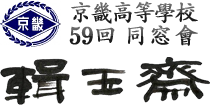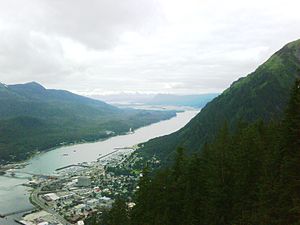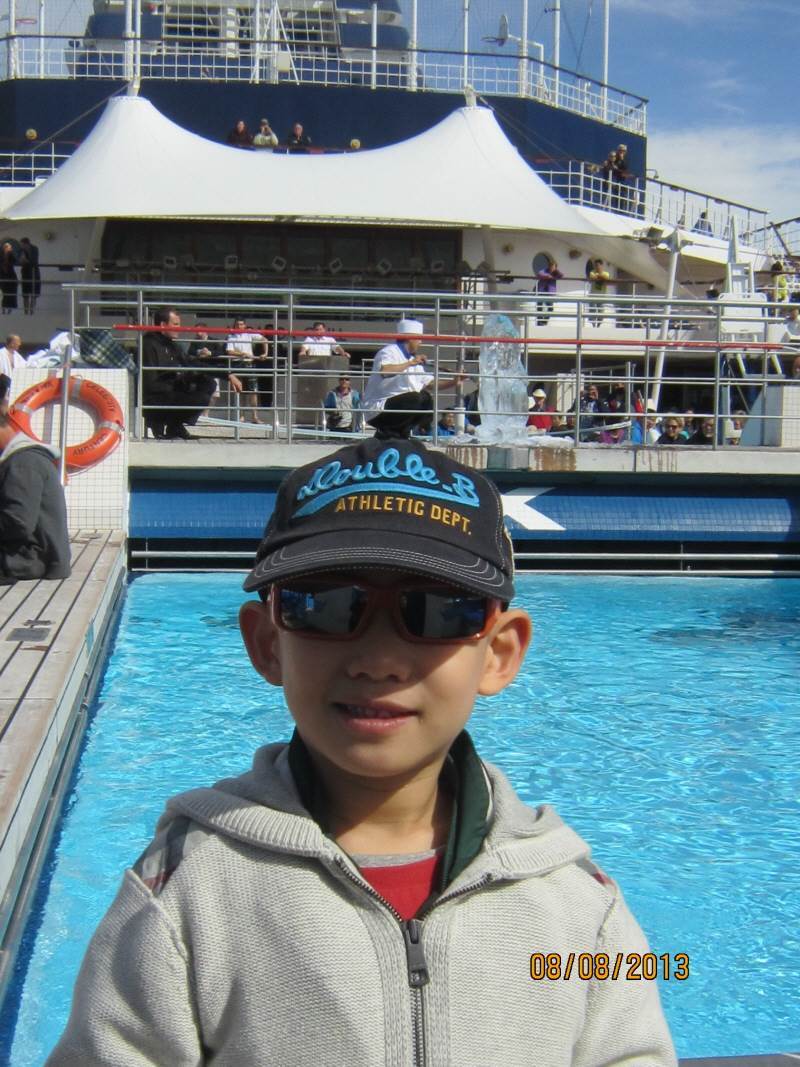

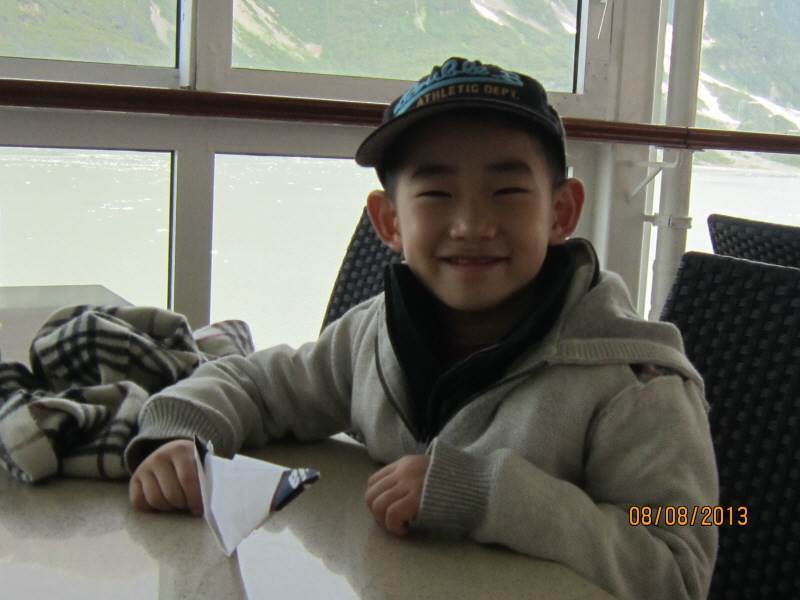
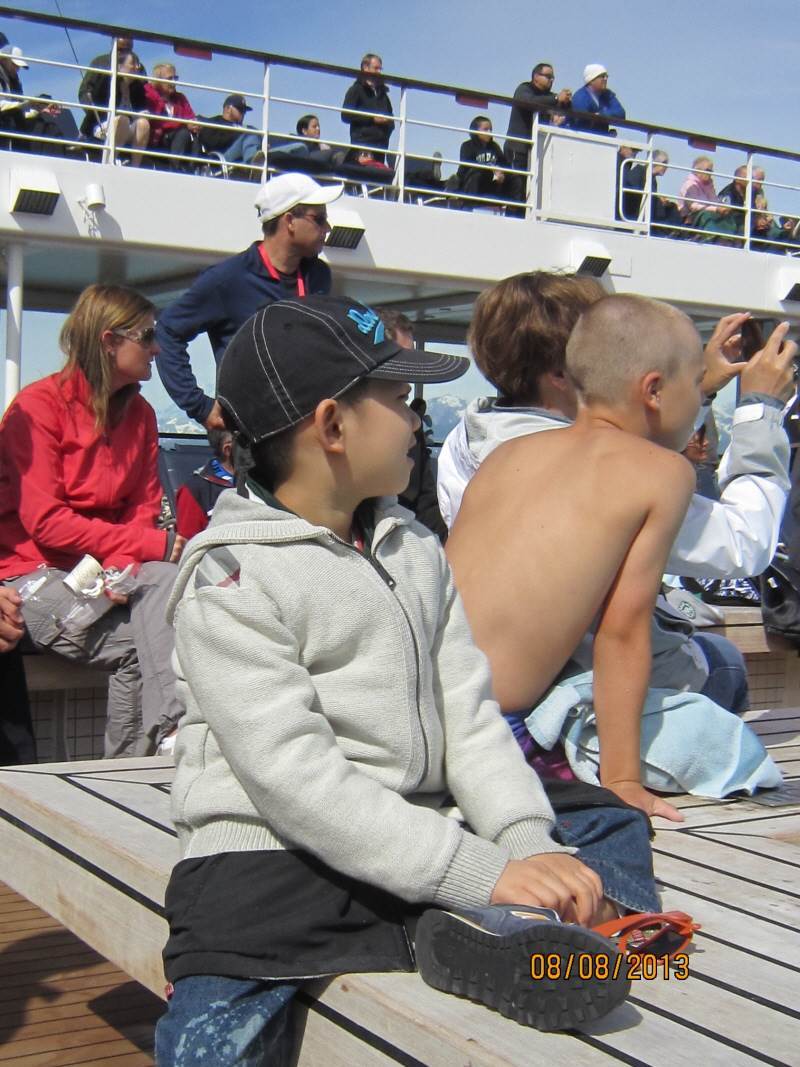
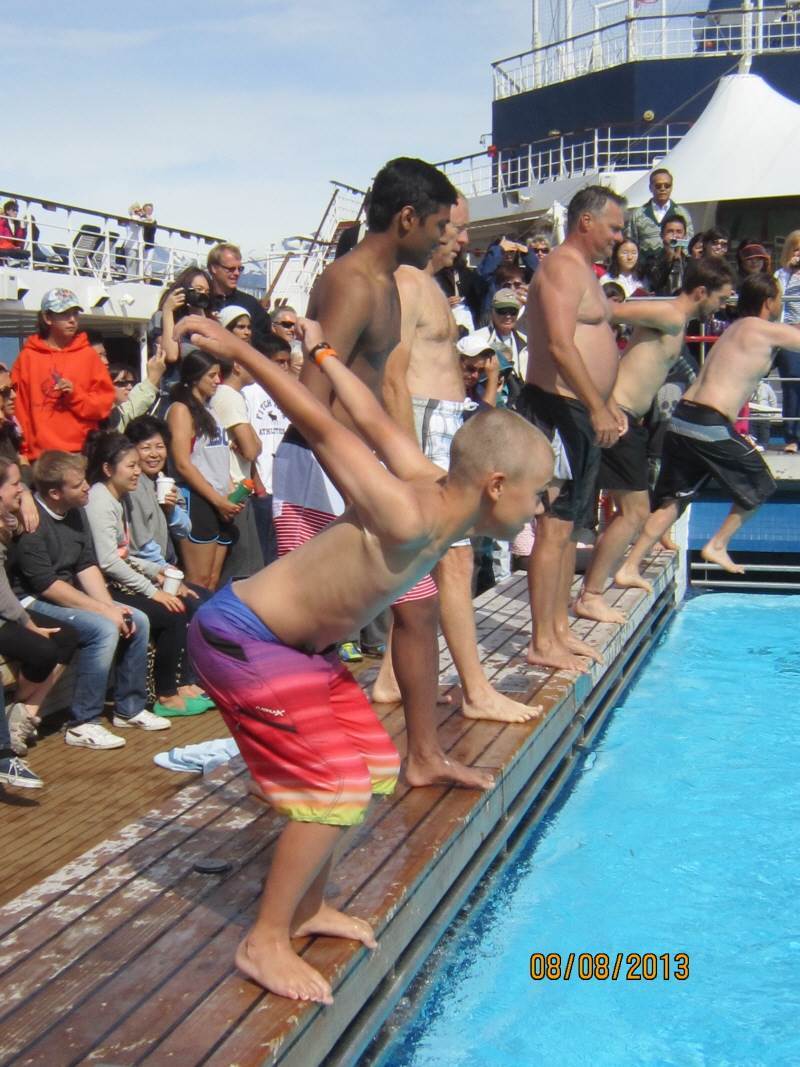
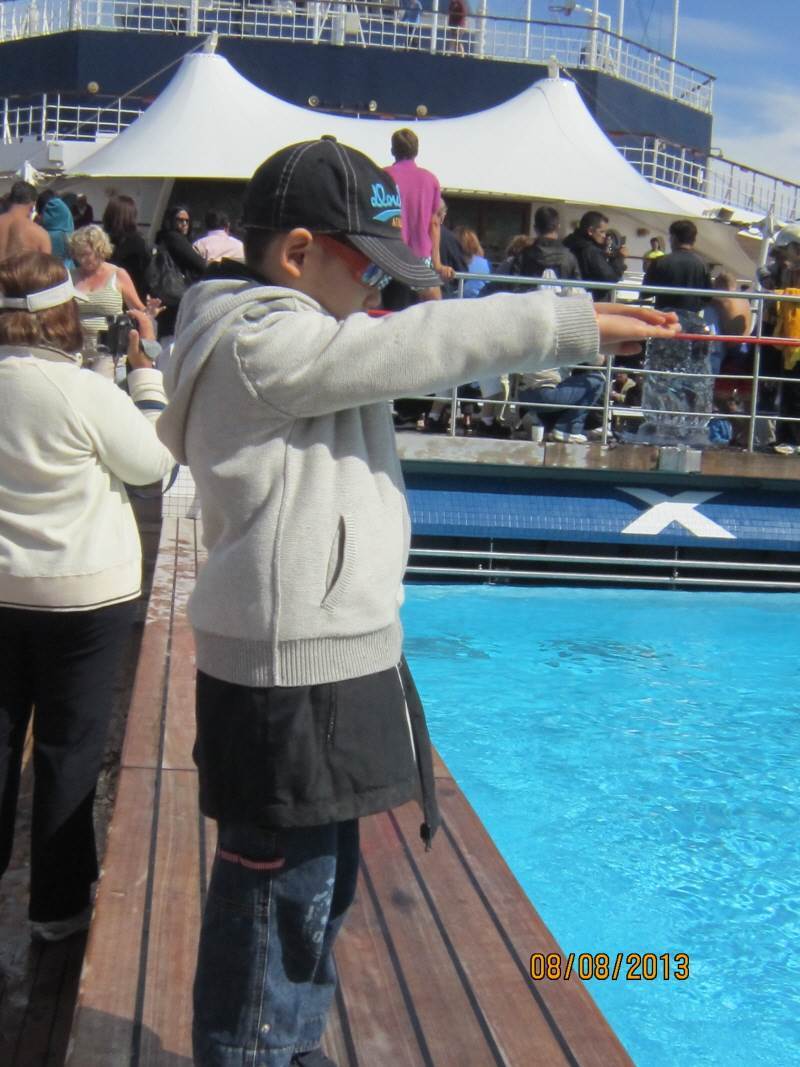
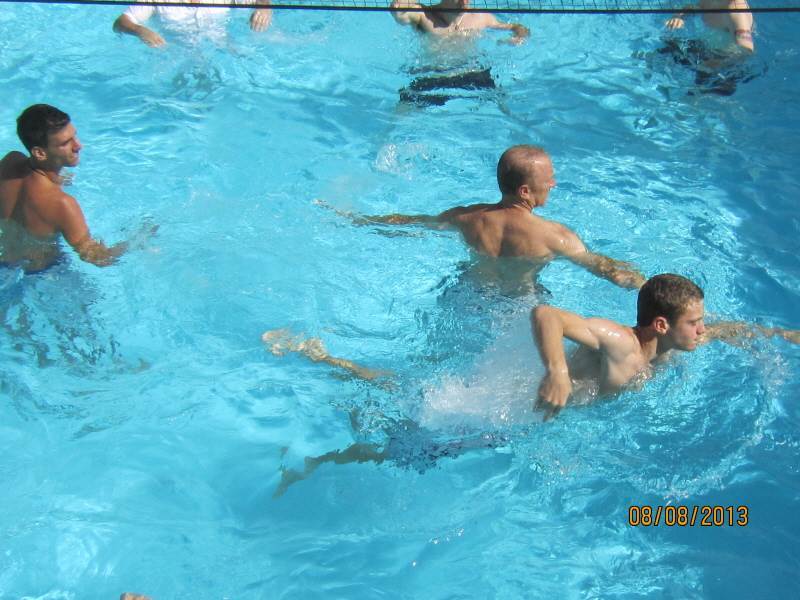
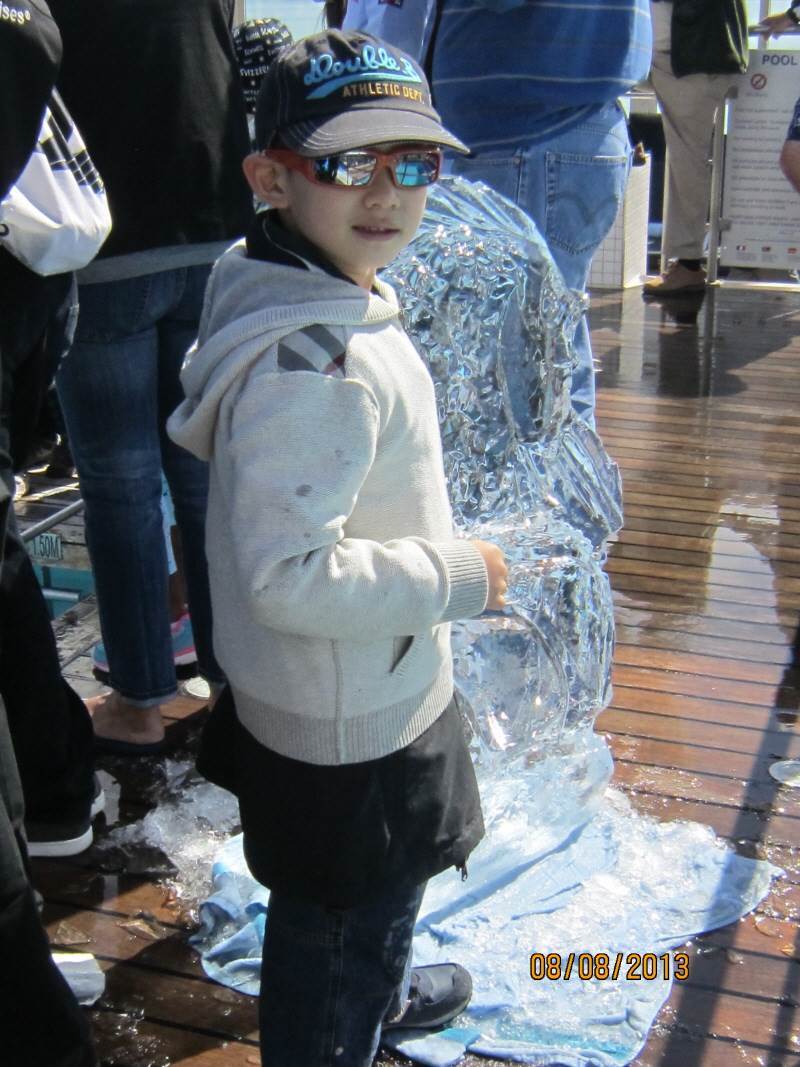

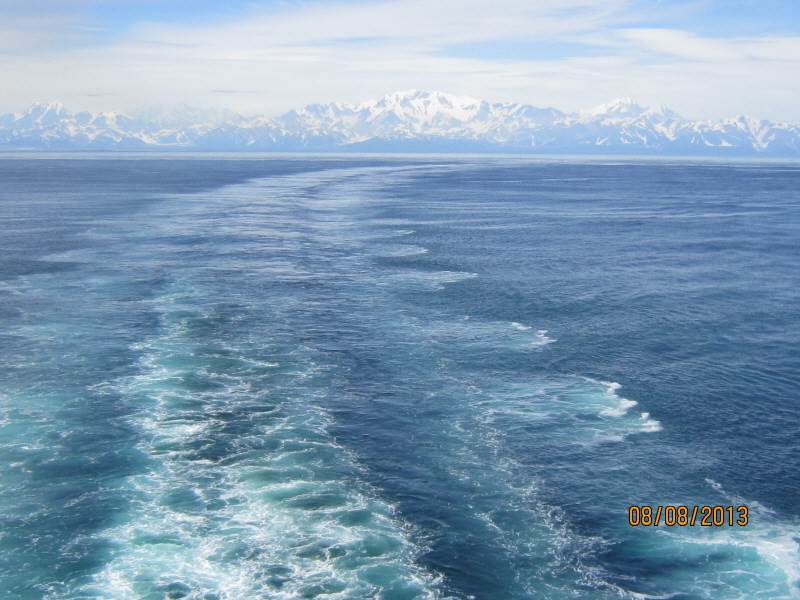
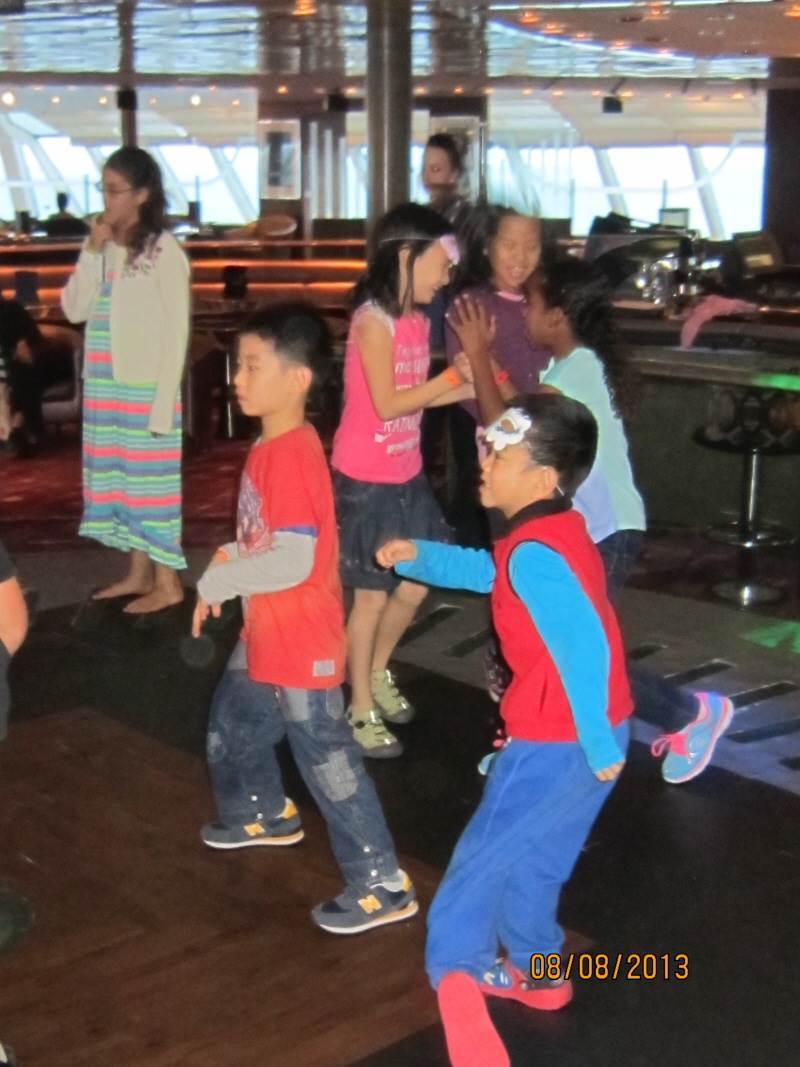
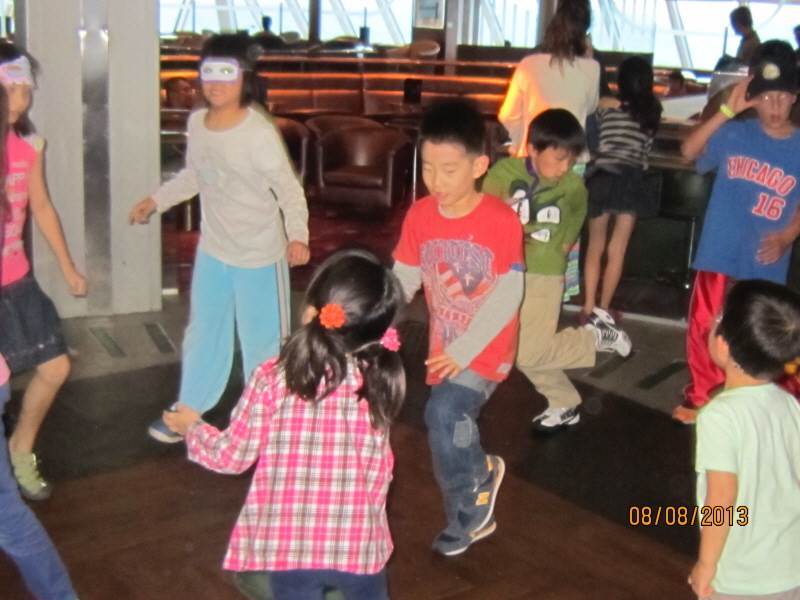
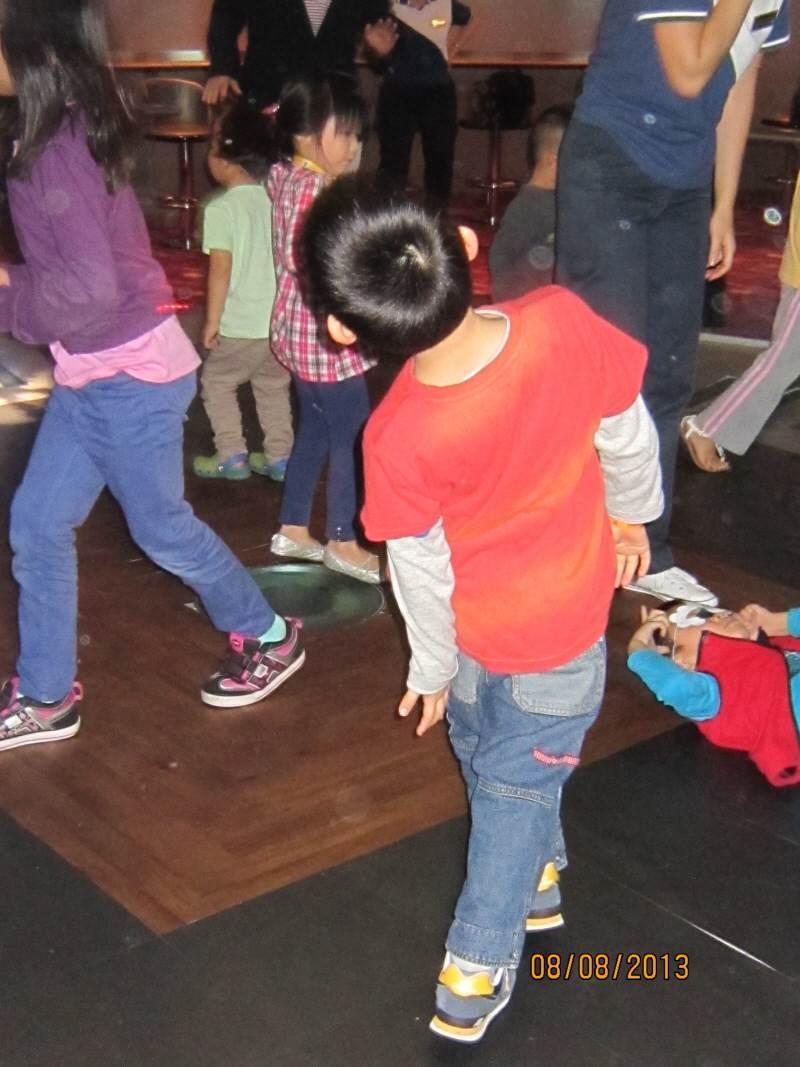
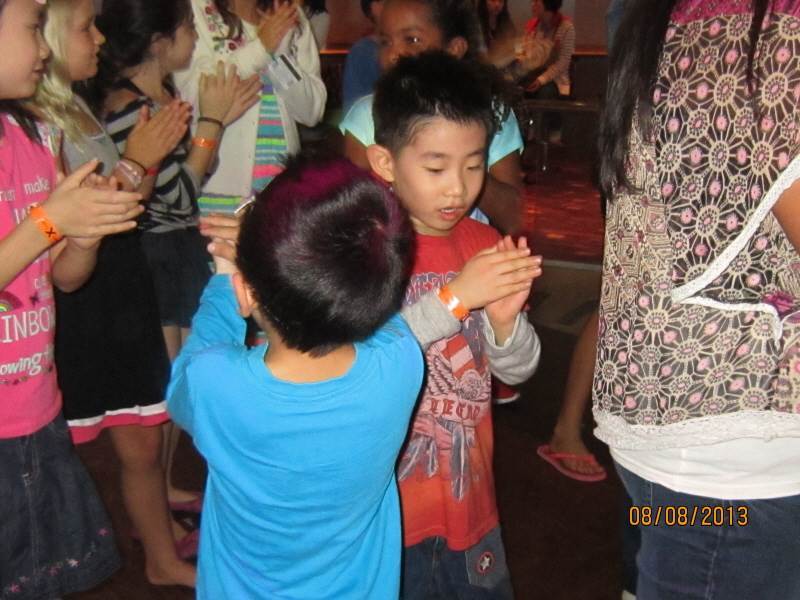
Juneau, Alaska
| Juneau, Alaska | |||
|---|---|---|---|
| City and Borough | |||
| City and Borough of Juneau | |||
| Gastineau Channel with downtown Juneau | |||
| |||
| Location of Juneau City and Borough, Alaska | |||
|
| |||
| Coordinates: 58°18′0″N 134°25′0″W / 58.30000°N 134.41667°W / 58.30000; -134.41667Coordinates: 58°18′0″N 134°25′0″W / 58.30000°N 134.41667°W / 58.30000; -134.41667 | |||
| Country | United States | ||
| State | Alaska | ||
| Named | 1881 (Juneau City) 1882 (Juneau) | ||
| Incorporated | 1900 | ||
| Home-rule city | October 1960 | ||
| Borough | September 30, 1963 (Greater Juneau Borough) July 1, 1970 (City and Borough of Juneau) | ||
| Government | |||
| • Mayor | Merrill Sanford[1] | ||
| Area | |||
| • City and Borough | 3,255.0 sq mi (8,430.4 km2) | ||
| • Land | 2,715.7 sq mi (7,036.1 km2) | ||
| • Water | 539.3 sq mi (1,394.3 km2) | ||
| • Urban | 12.0 sq mi (31.1 km2) | ||
| Elevation | 56 ft (17 m) | ||
| Population (2011) | |||
| • City and Borough | 32,164 | ||
| • Density | 11.3/sq mi (4.4/km2) | ||
| • Urban | 17,311 | ||
| • Demonym | Juneauite | ||
| Time zone | AKST (UTC-9) | ||
| • Summer (DST) | AKDT (UTC-8) | ||
| Zip code | 99801-99803, 99811-99812 | ||
| Area code(s) | 907 | ||
| FIPS code | 02-36400 | ||
| GNIS feature ID | 1404263 | ||
| Website | www.juneau.org | ||
The City and Borough of Juneau /ˈdʒuːnoʊ/ is the capital city of Alaska. It is a unified municipality located on the Gastineau Channel in the Alaskan panhandle and is the 2nd largest city in the United States by area. It has been the capital of Alaska since 1906, when the government of the then-District of Alaska was moved from Sitka as dictated by the U.S. Congress in 1900. The municipality unified on July 1, 1970, when the city of Juneau merged with the city of Douglas and the surrounding Greater Juneau Borough to form the current home rule municipality.[2]
The area of Juneau is larger than that of Rhode Island and Delaware individually and almost as large as the two states combined. Downtown Juneau
Juneau is named after gold prospector Joe Juneau, though the place was for a time called Rockwell and then Harrisburg (after Juneau's co-prospector, Richard Harris). The Tlingit name of the town is Dzántik'i Héeni ("Base of the Flounder’s River", dzánti ‘flounder’, –kʼi ‘base’, héen ‘river’), and Auke Bay just north of Juneau proper is called Áak'w ("Little lake", áa ‘lake’, -kʼ ‘diminutive’) in Tlingit. The Taku River, just south of Juneau, was named after the cold t'aakh wind, which occasionally blows down from the mountains.
Downtown Juneau sits at sea level, with tides averaging 16 feet (5 m), below steep mountains about 3,500 feet (1,100 m) to 4,000 feet (1,200 m) high. Atop these mountains is the Juneau Icefield, a large ice mass from which about 30 glaciers flow; two of these, the Mendenhall Glacier and the Lemon Creek Glacier, are visible from the local road system; the Mendenhall glacier has been generally retreating; its front face is declining both in width and height.
The Alaska State Capitol in downtown Juneau was originally built as the Federal and Territorial Building in 1931. Prior to statehood, it housed federal government offices, the federal courthouse and a post office. It also housed the territorial legislature and many other territorial offices, including that of the governor. Today, it is still the home of the state legislature and the offices of the governor and lieutenant governor. Other executive branch offices have largely moved elsewhere, in Juneau or elsewhere in the state, in the ongoing battle between branches for space in the building, as well as the decades-long capital move issue. Recent discussion has been focused between relocating the seat of state government outside of Juneau and building a new capitol building in Juneau. Neither position has advanced very far. The Alaska Committee, a local community advocacy group, has led efforts to thus far keep the capital in Juneau.
Contents
[hide]- 1 History
- 1.1 Mining years
- 1.2 20th Century
- 2 Geography
- 2.1 Adjacent boroughs and census areas
- 2.2 Border area
- 2.3 National protected areas
- 2.4 Climate
- 3 Demographics
- 4 Economy
- 5 Culture
- 6 Government
- 7 Education
- 7.1 Primary and secondary schools
- 7.2 Colleges and universities
- 8 Transportation
- 8.1 Sea
- 8.2 Air
- 8.3 Roads
- 8.4 Walking, hiking, and biking
- 9 Media
- 10 Sister cities
- 11 See also
- 12 Notes
- 13 References
- 14 External links
- Haines Borough, Alaska - northwest, west
- Hoonah-Angoon Census Area, Alaska - south, southwest
- Stikine Region, British Columbia - northeast, east
- Tongass National Forest (part)
- Admiralty Island National Monument (part)
- Kootznoowoo Wilderness (part)
- Tracy Arm-Fords Terror Wilderness (part)
- Admiralty Island National Monument (part)
- District 1 precincts
- Douglas
- Juneau No. 1
- Juneau No. 2
- Juneau No. 3
- Juneau Airport
- Lemon Creek
- North Douglas
- District 2 precincts
- Auke Bay
- Lynn Canal
- Mendenhall Valley No. 1
- Mendenhall Valley No. 2
- Mendenhall Valley No. 3
- Mendenhall Valley No. 4
- Gastineau Elementary School
- Harborview Elementary School
- Riverbend Elementary School
- Mendenhall River Elementary School
- Glacier Valley Elementary School
- Auke Bay Elementary School
- Juneau Community Charter School
- Montessori Borealis School
- Dzantik'i Heeni Middle School
- Floyd Dryden Middle School
- Juneau-Douglas High School
- Thunder Mountain High School
- Yaaḵoosgé Daakahídi Alternative High School
- HomeBRIDGE (homeschooling program)
- (Glacier) Valley Baptist Academy
- Faith Community School
- Thunder Mountain Learning Center (Formerly Thunder Mountain Academy)
- Juneau Seventh-day Adventist Christian School
- Juneau Montessori School
-
See also: Lynn Canal Highway
- Radio
- Television
History
Mining years
Long before European settlement in the Americas, the Gastineau Channel was a favorite fishing ground for local Tlingit Indians, known then as the Auke and Taku tribes, who had inhabited the surrounding area for thousands of years. The native cultures are rich with artistic traditions including carving, weaving, orating, singing and dancing, and Juneau has become a major social center for the Tlingit, Haida, and Tsimshian of Southeast Alaska.
The first European to see the Juneau area was Joseph Whidbey, master of the Discovery during George Vancouver’s 1791-95 expedition, who explored the region in July–August 1794. Early in August he saw the length of Gastineau Channel from the south, noting a small island in mid-channel. He later saw the length of the channel again, this time from the west. He said it was unnavigable, being filled with ice.[4]
In 1880, Sitka mining engineer George Pilz offered a reward to any local chief who could lead him to gold-bearing ore. Chief Kowee (Tlingit Kaawa.ée) arrived with some ore and several prospectors were sent to investigate. On their first trip, to Gold Creek, they found deposits of little interest. However, at Chief Kowee's urging Pilz sent Joe Juneau and Richard Harris back to the Gastineau Channel, directing them to Snow Slide Gulch (the head of Gold Creek) where they found nuggets "as large as peas and beans", in Harris' words.
On October 18, 1880, the two men marked a 160-acre (650,000 m2) town site where soon a mining camp appeared. Within a year, the camp became a small town, the first to be founded after Alaska's purchase by the United States.
The town was originally called Harrisburg, after Richard Harris; some time later, its name was changed to Rockwell, after Lt. Com. Charles Rockwell. In 1881, the miners met and renamed the town Juneau, after Joe Juneau. In 1906, after the diminution of the whaling and fur trade, Sitka, the original capital of Alaska, declined in importance and the seat of government was moved to Juneau. Juneau was the largest city in Alaska during the inter-war years, passing Fairbanks in the 1920 census and displaced by Anchorage in 1950.
20th Century
In 1911, the United States Congress authorized funds for the building of a capitol building for the Alaska Territory. Because of World War I, construction was delayed, also there were difficulties purchasing the necessary land. Local citizens of Juneau donated some of the required funds, and construction began on September 8, 1929. Construction of the capitol took less than two years, and the building was dedicated as the Federal and Territorial Building on February 14, 1931. The design of the building was drawn up by Treasury Department architects in the Art Deco architectural style. The building was originally used by the federal government in order to house the federal courthouse and post office. Once Alaska gained statehood in 1959, the building has been used by the state government.
The Alaska Governor's Mansion was commissioned under the Public Building Act in 1910. The mansion was designed by James Knox Taylor in the old Federal Style. The construction took two years and was completed in 1912. The territorial governor at that time was the first governor to inhabit the mansion, and he held the first open house to the citizens on January 1, 1913. The area of the mansion is 14,400 square feet (1,340 m2). This is where the governor resides when he or she is in Juneau for official business. The mansion contains ten bathrooms, six bedrooms, and eight fireplaces. In June 1923, President Warren G. Harding became the first president to visit Alaska. During his trip, Harding visited the Governor's Mansion while Governor Scott Bone, who was appointed by Harding, was in office. Harding spoke from the porch of the Governor's Mansion explaining his policies and meeting the ordinary people.
 St. Nicholas Russian Orthodox Church in Juneau
St. Nicholas Russian Orthodox Church in JuneauRobert Atwood, then publisher of the Anchorage Times and an Anchorage 'booster,' was an early leader in capital move efforts—efforts which many in Juneau and Fairbanks resisted. One provision required the new capital to be at least 30 miles (48 km) from Anchorage and Fairbanks, to prevent either city from having undue influence; in the end Juneau remained the capital. In the 1970s, voters passed a plan to move the capital to Willow, a town 70 miles (110 km) north of Anchorage. But pro-Juneau people there and in Fairbanks got voters to also approve a measure (the FRANK Initiative) requiring voter approval of all bondable construction costs before building could begin. Alaskans later voted against spending the estimated $900 million. A 1984 "ultimate" capital-move vote also failed, as did a 1996 vote.
Alaskans thus several times voted on moving their capital, but Juneau remains the capital.[5] Once Alaska was granted statehood in 1959, Juneau grew with the growth of state government. Growth accelerated remarkably after the construction of the Alaska Pipeline in 1977, the state budget being flush with oil revenues; Juneau expanded for a time due to growth in state government jobs, but that growth slowed considerably in the 1980s.[6] The state demographer expects the borough to grow very slowly over the next twenty years.[7] Cruise ship tourism rocketed upward from approximately 230,000 passengers in 1990 to nearly 1,000,000 in 2006 as cruise lines built more and larger ships—even 'mega-ships', sailing to Juneau seven days a week instead of six, over a longer season, but this primarily summer industry provides few year-round jobs. Its population rank in 2000 was second in the state, closely ahead of Fairbanks; recent estimates have Juneau falling back to third, as it was in the 1960−90 counts.
In 2010, the city was recognized as part of the "Playful City USA" initiative by KaBOOM! created to honor cities that ensure that their children have great places to play.[8]
Juneau is larger in area than the state of Delaware and was, for many years, the country's largest city by area. Juneau continues to be the only U.S. state capital located on an international border: it is bordered on the east by Canada. It is the U.S. state capital whose namesake was most recently alive: Joe Juneau died in 1899, a year after Otto von Bismarck (North Dakota).
Geography
 Downtown Juneau with Mount Juneau rising in the background
Downtown Juneau with Mount Juneau rising in the backgroundAccording to the United States Census Bureau, the borough has a total area of 3,255.0 square miles (8,430 km2), making it the third-largest municipality in the United States by area (the largest is Yakutat City and Borough, Alaska). 2,716.7 square miles (7,036 km2) of it is land and 538.3 square miles (1,394 km2) of it (16.54%) is water.
Central (downtown) Juneau is located at
WikiMiniAtlas58°18′07″N 134°25′11″W / 58.30194°N 134.41972°W / 58.30194; -134.41972.[9] The City and Borough of Juneau includes Douglas Island, a tidal island located to the west of mainland Juneau. Douglas Island can be reached via the Juneau-Douglas Bridge.Adjacent boroughs and census areas
Border area
Juneau, Alaska, shares its eastern border with the Canadian province of British Columbia. It is the only U.S. state capital to border another country.

Haines Borough Stikine Region, British Columbia, Canada Stikine Region, British Columbia, Canada 
Haines Borough 
Stikine Region, British Columbia, Canada 
Juneau, Alaska 

Hoonah-Angoon Census Area Hoonah-Angoon Census Area National protected areas
Climate
Juneau has a Maritime Climate (Köppen Cfb). The city has a climate that is milder than its latitude may suggest, due to the influence of the Pacific Ocean. Winters are moist and long, but only slightly cold by Alaskan standards: the average low temperature is 23 °F (−5 °C) in January, and highs are frequently above freezing. Spring, summer, and fall are cool to mild, with highs peaking in July at 65 °F (18.3 °C). Snowfall averages 86.8 inches (220 cm) and occurs chiefly from November to March. Precipitation falls on an average 230 days per year, averaging 62.5 inches (1,590 mm) at the airport (1981–2010 normals), but ranging from 55 to 90 inches (1,400 to 2,290 mm), depending on location.[10] The spring months are the driest while September and October are the wettest.
[hide]Climate data for Juneau, Alaska (Juneau Int'l, 1981−2010 normals) Month Jan Feb Mar Apr May Jun Jul Aug Sep Oct Nov Dec Year Record high °F (°C) 57
(14)57
(14)61
(16)74
(23)82
(28)87
(31)90
(32)87
(31)85
(29)68
(20)64
(18)59
(15)90
(32)Average high °F (°C) 32.8
(0.4)35.2
(1.8)39.6
(4.2)48.4
(9.1)56.6
(13.7)62.2
(16.8)63.9
(17.7)62.7
(17.1)55.7
(13.2)47.0
(8.3)37.8
(3.2)34.1
(1.2)48.00
(8.89)Daily mean °F (°C) 28.2
(−2.1)30.1
(−1.1)33.8
(1)40.8
(4.9)48.5
(9.2)54.5
(12.5)56.9
(13.8)55.8
(13.2)50.0
(10)42.4
(5.8)33.8
(1)29.8
(−1.2)42.05
(5.58)Average low °F (°C) 23.7
(−4.6)25.0
(−3.9)28.0
(−2.2)33.3
(0.7)40.6
(4.8)46.9
(8.3)50.0
(10)49.0
(9.4)44.4
(6.9)37.8
(3.2)29.1
(−1.6)25.6
(−3.6)36.12
(2.28)Record low °F (°C) −22
(−30)−22
(−30)−15
(−26)6
(−14)25
(−4)31
(−1)36
(2)27
(−3)23
(−5)11
(−12)−5
(−21)−21
(−29)−22
(−30)Precipitation inches (mm) 5.35
(135.9)4.14
(105.2)3.78
(96)2.94
(74.7)3.40
(86.4)3.24
(82.3)4.60
(116.8)5.72
(145.3)8.74
(222)8.62
(218.9)6.15
(156.2)5.84
(148.3)62.51
(1,587.8)Snowfall inches (cm) 27.4
(69.6)17.4
(44.2)11.6
(29.5)1.1
(2.8)0
(0)0
(0)0
(0)0
(0)0
(0)0.8
(2)12.6
(32)16.0
(40.6)86.8
(220.5)Avg. precipitation days (≥ 0.01 in) 20.6 16.6 18.9 17.0 16.3 15.8 17.7 19.1 22.3 23.9 20.9 20.6 229.7 Avg. snowy days (≥ 0.1 in) 10.7 8.0 6.8 1.3 0 0 0 0 0 0.6 5.7 9.8 42.9 Mean monthly sunshine hours 80.6 90.4 136.4 183.0 232.5 189.0 182.9 161.2 111.0 65.1 60.0 40.3 1,532.4 Source: NOAA (extremes 1890–present)[11] HKO (sun only, 1961−1990) [12] Demographics
Historical populations Census Pop. %± 1890 1,253 — 1900 1,864 48.8% 1910 1,644 −11.8% 1920 3,058 86.0% 1930 4,043 32.2% 1940 5,729 41.7% 1950 5,956 4.0% 1960 6,797 14.1% 1970 6,050 −11.0% 1980 19,528 222.8% 1990 26,751 37.0% 2000 30,711 14.8% 2010 31,275 1.8% Est. 2012 32,556 4.1% U.S. Decennial Census[13]
2012 Estimate[14]
[15]As of the census[16] of 2000, there were 30,700 people, 11,501 households, and 7,600 families residing in the city/borough. The population density was 11.3/square mile (4.4/km²). There were 12,300 housing units at an average density of 4.5 per square mile (1.7/km²). The racial makeup of the city/borough was 74.8% White, 0.8% African American, 11.4% Native American, 4.7% Asian, 0.4% Pacific Islander, and 1.1% from other races, and 6.9% from two or more races. 3.4% of the population were Hispanic or Latino of any race. 2.6% reported speaking Tagalog at home, and 2.4% reported speaking Spanish.[17] Non-Hispanic Whites were 67.4% of the population in 2010,[18] down from 83.2% in 1980.[19]
There were 11,543 households out of which 36.7% had children under the age of 18 living with them, 51.2% were married couples living together, 10.5% had a female householder with no husband present, and 33.8% were non-families. 24.4% of all households were made up of individuals and 4.3% had someone living alone who was 65 years of age or older. The average household size was 2.60 and the average family size was 3.10.
In the city/borough the population was spread out with 27.4% under the age of 18, 8.1% from 18 to 24, 32.8% from 25 to 44, 25.7% from 45 to 64, and 6.1% who were 65 years of age or older. The median age was 35 years. For every 100 females, there were 101.5 males. For every 100 females age 18 and over, there were 100.2 males.
The median income for a household in the city/borough was $62,034, and the median income for a family was $70,284. Males had a median income of $46,744 versus $33,168 for females. The per capita income for the city/borough was $26,719. 6.0% of the population and 3.7% of families were below the poverty line, including 6.7% of those under the age of 18 and 3.9% of those 65 and older.
Economy

This section needs additional citations for verification. (July 2010)  Fourth Street downtown, looking east from in front of the Alaska State Capitol.
Fourth Street downtown, looking east from in front of the Alaska State Capitol.As the capital of Alaska, the primary employer in Juneau, by a large margin, is government. This includes the federal government, state government, municipal government (which includes the local airport, hospital, harbors, and school district), as well as the University of Alaska Southeast. State government offices and their indirect economic impact compose approximately one-quarter of Juneau's economy.[20]
Another large contributor to the local economy, at least on a part-time basis, is the tourism industry. In 2005, the cruise ship industry was estimated to bring nearly one million visitors to Juneau for up to 11 hours at a time, between the months of May and September.[21] While cruise ships do provide an economic boost to segments of the economy, not all locals are appreciative. The Juneau Public Library, built atop a parking garage along South Franklin Street near the Red Dog Saloon, was designed to take advantage of the view of and across Gastineau Channel. This view is often blocked by docking cruise ships, which tower over the five-story structure. Bill Ray, who lived in Juneau from 1938 to 2000 and represented the community in the Alaska Legislature from 1965 to 1987, was rather blunt in expressing his disdain when he paid a return visit in 2003: "Juneau doesn't go forward. They've prostituted themselves to tourism. It looks like a poor man's Lahaina".[22]
The fishing industry is still a major part of the Juneau economy, while not the dominant player back in the days of the halibut schooner fleet. Juneau was recently the 49th most lucrative U.S. fisheries port by volume and 45th by value taking in 15 million pounds of fish and shellfish valued at 21.5 million dollars in 2004 according to the National Marine Fisheries Service. While the port of Juneau does comparatively little seafood processing to towns of this size in Alaska, there are hundreds of commercial fishing boats who sell their fish to plants in nearby Sitka, Hoonah, Petersburg and Ketchikan. The largest fleets operating from Juneau are the gillnet and troll salmon fleets. Juneau is also the home to many of the commercial fishing associations in Alaska, including the Alaska Trollers Association, United Fishermen of Alaska, United Southeast Alaska Gillnetters Association and the Southeast Alaska Seiners Association.
Real estate agencies, federally-funded highway construction, and mining are apparently still viable non-government local industries.
Juneau's only power utility is Alaska Electric Light & Power (AEL&P). Most of the electricity in the borough is generated at the Snettisham Hydroelectric facility in the southern end of the borough, accessible only by boat or plane. In April 2008, an avalanche destroyed three transmission towers, forcing AEL&P to generate almost all of the borough's electricity with diesel-powered generators.
Eaglecrest Ski Area is operated from late November through April each year and offers world class downhill skiing. While there are only 4 chairlifts, the terrain is fantastic, the lift lines are short and when there is a shortage of snow in the Cascades or the Rockies, one can find wealthy west coast skiiers migrating north to enjoy the slopes of Eaglecrest on Douglas Island, a mere 15 minute drive from downtown Juneau.
Wings of Alaska, an airline, has its headquarters in Juneau.[23] As of Census 2010 there were 1,107 Businesses with operations in Juneau borough and a population of 31,275 a per capita of roughly 28 people per business.
Culture
Juneau is home to Theatre in the Rough, a non-profit theatre company. The city is also home to Perseverance Theatre, Alaska's only professional theater. The city hosts the annual Alaska Folk Festival andJuneau Jazz & Classics music festivals, and the biennial Celebration. The Juneau Symphony performs regularly. Downtown Juneau boasts dozens of art galleries, which participate in the monthly First Friday Gallery Walk and the enormously popular December Gallery Walk held in the first week of December. The Juneau Arts & Humanities Council coordinates events while fund-raising, distributing some grant money, and operating a gallery at its office in the Juneau Arts & Culture Center, 350 Whittier Street. On summer Friday evenings open-air music and dance performances are held at Marine Park. The University of Alaska Southeast Campus also offers lectures, concerts, and theater performances. Juneau is home to the Juneau Raptor Center, a volunteer-based bird rehabilitation center.
The Juneau Lyric Opera and Opera to Go are the two local opera companies. JLO produces operas in English and Italian and sponsors two annual choral workshop festivals, as well as the touring group the "3 Tenors from Juneau."
Some Juneau artists include violinists Linda and Paul Rosenthal, soprano Kathleen Wayne, bass John d'Armand, baritones Philippe Damerval and David Miller, tenors Jay Query, Brett Crawford and Dan Wayne, Rory Merritt Stitt, pianist Mary Watson, folk musician Buddy Tabor, guitarist John Unzicker, playwright Robert Bruce "Bo" Anderson, and painters Rie Muñoz, David Woodie, Barbara Craver, Rob Roys, Elise Tomlinson, Herb Bonnet and Alaska Native carver and painter James Schoppert. Photographer Ron Klein is a past president of the International Association of Panoramic Photographers.
Government
Further information: List of mayors of Juneau, AlaskaThe City and Borough of Juneau operates under a council–manager form of government. The mayor is the titular head of the city, is the presiding officer (or chair) of the Juneau Assembly, and is one of three members of that body elected areawide. The remaining six members are elected by district: two districts have been defined by the Assembly, as of its last redistricting in 2003:[24]
The districts nearly match those of the 31st and 32nd election districts recognized by the state. The main difference is that the 32nd District includes communities outside of the CBJ: Gustavus, Kupreanof, Petersburg, Skagway and Tenakee Springs. The Juneau Airport precinct is in the 31st district, which is otherwise identical to the 2nd Assembly District. Since Juneau was split into two districts by the state during redistricting in the early 1990s, the districts comprising downtown Juneau, Douglas Island and surrounding areas have exclusively elected Democrats to the Alaska House of Representatives, while the districts comprising Mendenhall Valley and surrounding areas have mostly elected Republicans. The 31st District is currently represented in the House by Republican Cathy Muñoz, who has been in office since 2009. The 32nd District is currently represented by Democrat Beth Kerttula, who has been in office since 1999. Combined, these two election districts form Alaska Senate District P. That seat is held by Democrat Dennis Egan, a former Juneau mayor who has been in office since 2009. The last Republican to represent Juneau in the Senate was Elton Engstrom, Jr., the father of Cathy Muñoz, who left office in early 1971 following his unsuccessful reelection campaign in 1970.
Presidential Election Results for the City and Borough of Juneau 2004-2008[25] Year Democrat Republican 2008 64.4% 32.4% 2004 59.2% 37.3% While more state jobs are currently based in Anchorage than in Juneau, the state government still maintains a substantial presence in Juneau. A number of executive branch departments, as well as the legislature, are based in Juneau. The legislature, in response to repeated pressure from Southcentral Alaska to move either the capital or the legislature, acquired and renovated several buildings in the vicinity of the Alaska State Capitol, which hold committee meeting rooms and administrative offices for the Legislative Affairs Agency. These buildings were named for former legislators Terry Miller and Thomas Stewart. Stewart, a Juneau native and son of early Juneau mayor B. D. Stewart, represented Juneau in the Senate during the 1st Alaska State Legislature, later serving in Juneau's Alaska Superior Court judgeship and noted as an authority on the latter territory/early statehood eras of Alaska's history.
The federal government has a nine-story federal building in Juneau, located in the area known as "The Flats". Located along Gold Creek near its mouth and a short distance east of the Juneau-Douglas Bridge, the building houses numerous federal agencies, federal courts and Juneau's main post office. The Juneau Federal Building, designed by Linn A. Forrest, was constructed in 1966, following the provisions of the Alaska Statehood Act which gave the Federal and Territorial Building (the present capitol building) to the new state.
Education
Primary and secondary schools
Juneau is served by the Juneau School District and includes the following schools:[26]
In addition, the following private schools also serve Juneau:
Colleges and universities
Juneau is the home of the following institutes of higher education:
The University of Alaska Southeast is located within the Auke Bay community right along the Auke Lake. The Juneau-Douglas Community College, founded in 1956, and the Southeastern Senior College, established in 1972, were merged in 1980 forming the University of Alaska Juneau. The University was restructured as the University of Alaska Southeast to include the Ketchikan and Sitka campuses. The university offers both degrees and undergraduate and graduate studies. The University of Alaska Southeast is known for its research in regards to the Tongass National Forest and the Juneau Icefield.
Transportation
Juneau is not directly accessible by road, although there are road connections to several areas immediately adjacent to the city. Primary access to the city is by air and sea. Cars and trucks are transported to and from Juneau by barge or the Alaska Marine Highway ferry system.
 Alaska Airlines flight moments after landing at Juneau International Airport.
Alaska Airlines flight moments after landing at Juneau International Airport. The Juneau-Douglas Bridge, connecting mainland Juneau with Douglas Island. The original bridge was built in 1935. The bridge shown here, which replaced the original, was completed in 1980.
The Juneau-Douglas Bridge, connecting mainland Juneau with Douglas Island. The original bridge was built in 1935. The bridge shown here, which replaced the original, was completed in 1980.Sea
The State-owned ferry is called the Alaska Marine Highway System (AMHS). Juneau is one of only four state capitals not served by an interstate highway. (Others are Dover, Delaware; Jefferson City, Missouri; and Pierre, South Dakota.)[27] Local government operates a bus service under the name Capital Transit. There are also several taxicab companies, and tour buses used mainly for cruise ship visitors.
Air
Juneau International Airport serves the city and borough of Juneau. Alaska Airlines is as of 2009 the sole commercial jet passenger operator. MarkAir and Western Airlines and its successor, Delta previously served Juneau. Alaska Airlines provides service to Anchorage and Sitka as well as to many small communities in the state. Seattle is a common destination for Juneau residents. Wings of Alaska, Alaska Seaplanes, and Air Excursions offer scheduled flights on smaller aircraft to villages in Southeast Alaska. Some air carriers provide U.S. mail service.
Roads
Avalanche hazards, steep slopes, cold weather and environmental protection concerns are factors that make road construction and maintenance difficult and costly.
The Juneau-Douglas Bridge connects Juneau mainland with Douglas Island.
Juneau Access Project
Juneau's roads remain separate from other roads in Alaska and in the Lower 48. Currently, fast car ferries connect Juneau with Haines and Skagway, needing around 5 hours travel time.[28] There are plans to connect Juneau to Haines and Skagway by road, but the State of Alaska Department of Transportation and Public Facilities announced in 2005 that the connection was to be provided partly by road, and partly by fast ferry.[29] A 51-mile (82 km) road would be built on east side of Lynn Canal to a new ferry terminal at the Katzehin River estuary.[28] A ferry would take cars from the terminal to Haines and Skagway, where the cars could then drive to the rest of North America.[28] In 2006, the project was estimated to cost $258 million, and in 2007, the estimate was increased to $350 million.[28] The Western Federal Lands Center estimates the project will cost $491 million.[28] As of 2009, $25 million has been spent on the project.[28]
Local opinions on constructing a road link to the outside world are mixed. Some residents see such a road as a much-needed link between Juneau and the rest of the world which will also provide great economic benefits to the city, while many other residents are concerned about the project's financial costs along with environmental and social impacts.[30]
Walking, hiking, and biking
Residents walk, hike, or ride bicycles for both recreational purposes and as transportation. The downtown area of Juneau has sidewalks, and the neighborhoods on the hill above downtown are accessible by foot. Some roads in the city include bike lanes, and there is a bike path parallel to the main highway. A study has been conducted to make Juneau a more walkable area.[citation needed]
Media
Juneau's only daily newspaper, the Juneau Empire, is published Sunday through Friday, no Saturday edition. There is also a regional weekly newspaper, the Capital City Weekly. Juneau-Douglas High School has The Ego and the Alterego, a monthly magazine, and the University of Alaska Southeast has The Whalesong, a college newspaper.
Additionally, the studios of CoastAlaska (a regional public radio station consortium), are located in Juneau. AP (the Associated Press), Anchorage news outlets, and other Alaska media entities, send reporters to Juneau during the annual Legislative session.
Juneau's major television affiliates are; KTOO (PBS), KATH-LP (NBC), KXLJ-LD (CBS), and KJUD (ABC)/The CW on DT2. Fox and MyNetworkTV are only available on cable via their Anchorage affiliates.
The Juneau-Douglas High School also has a program with KTOO, airing one hour a week during the school year, produced entirely by students.
